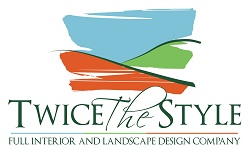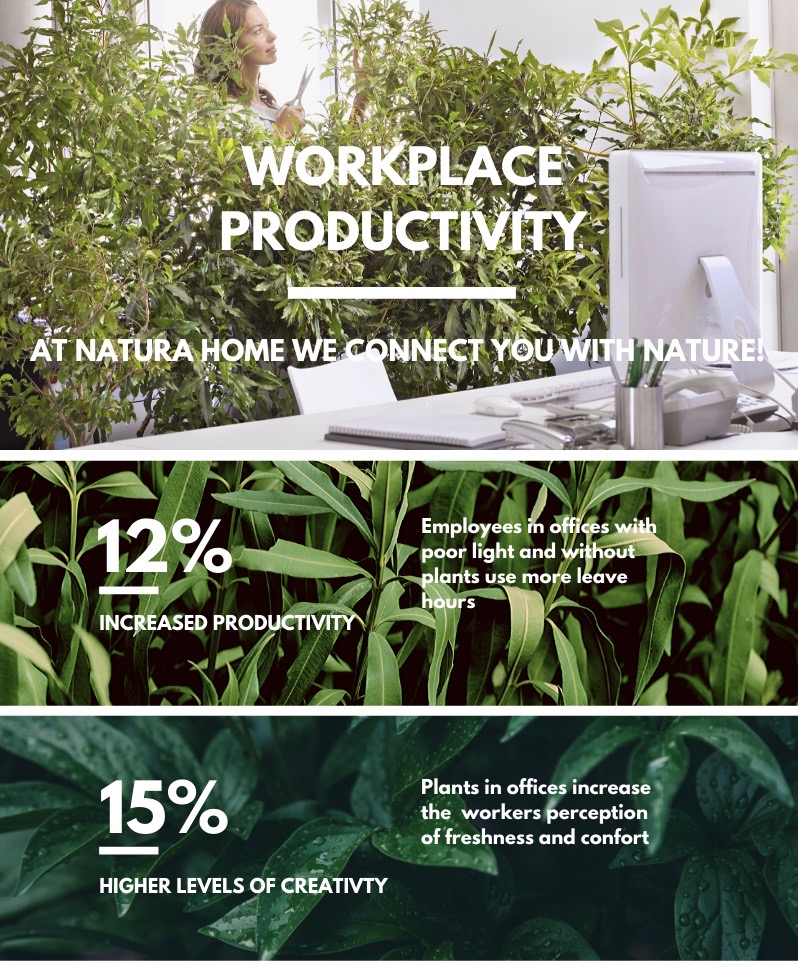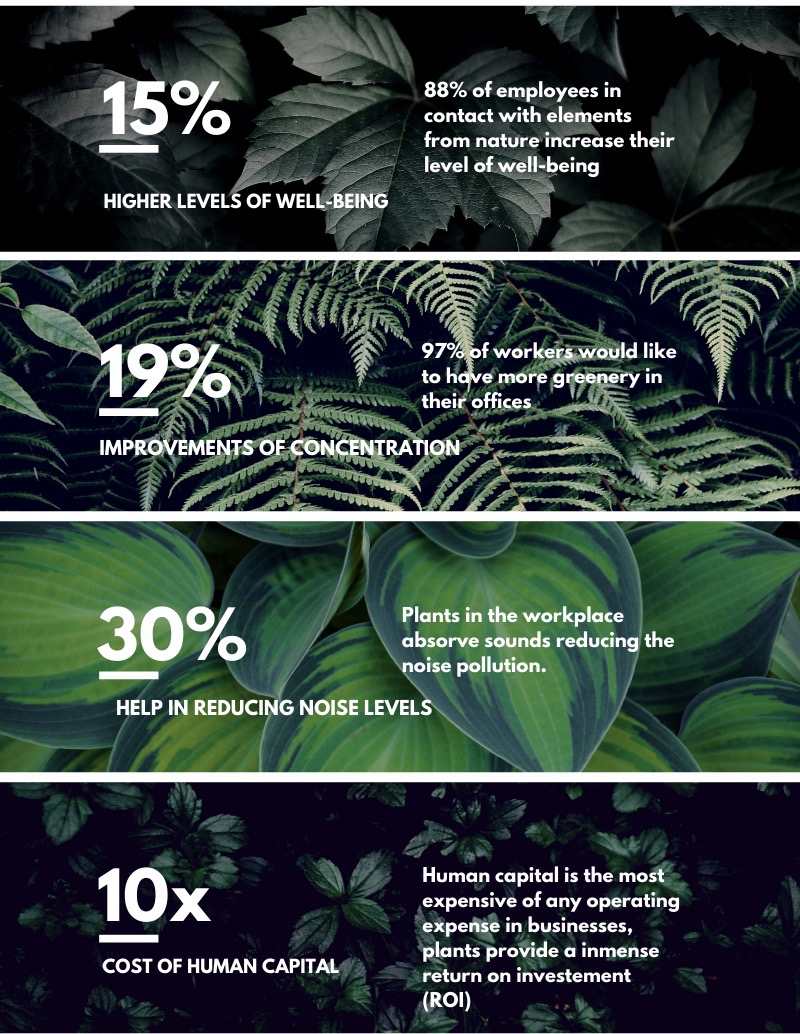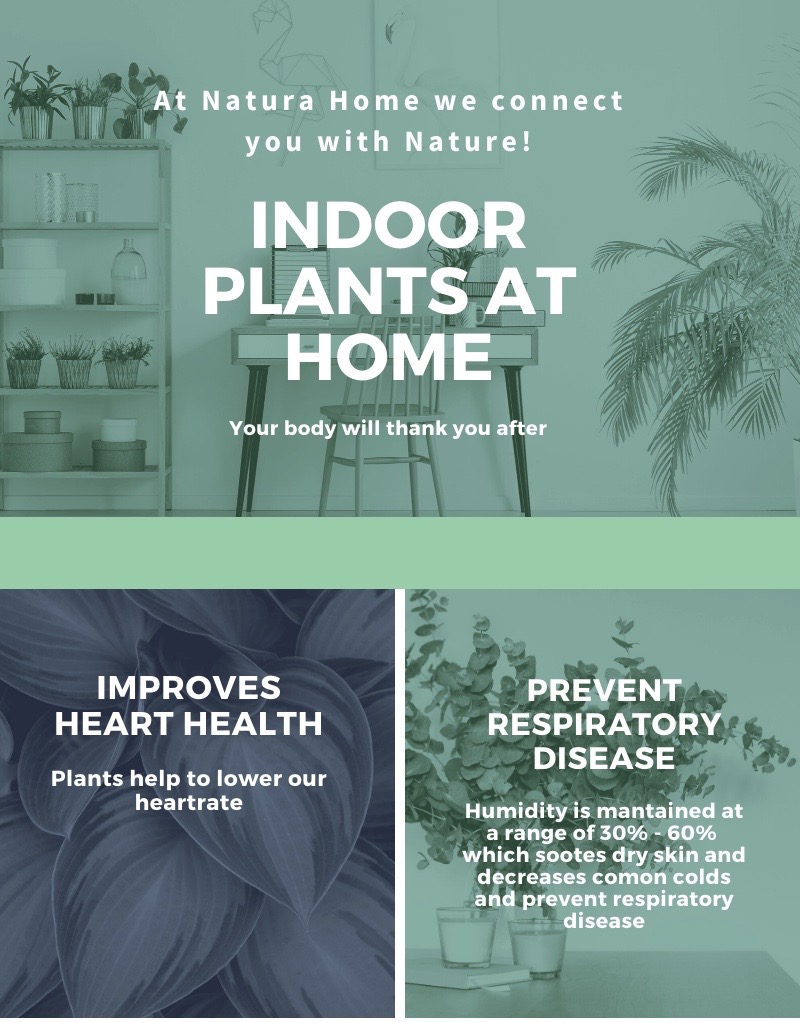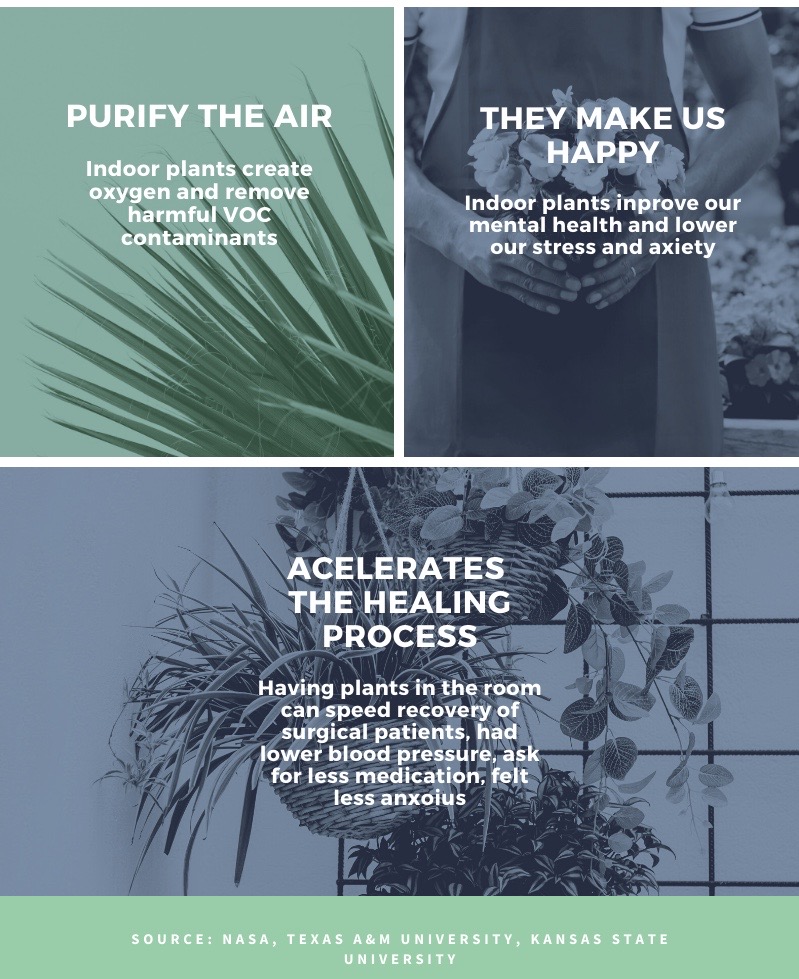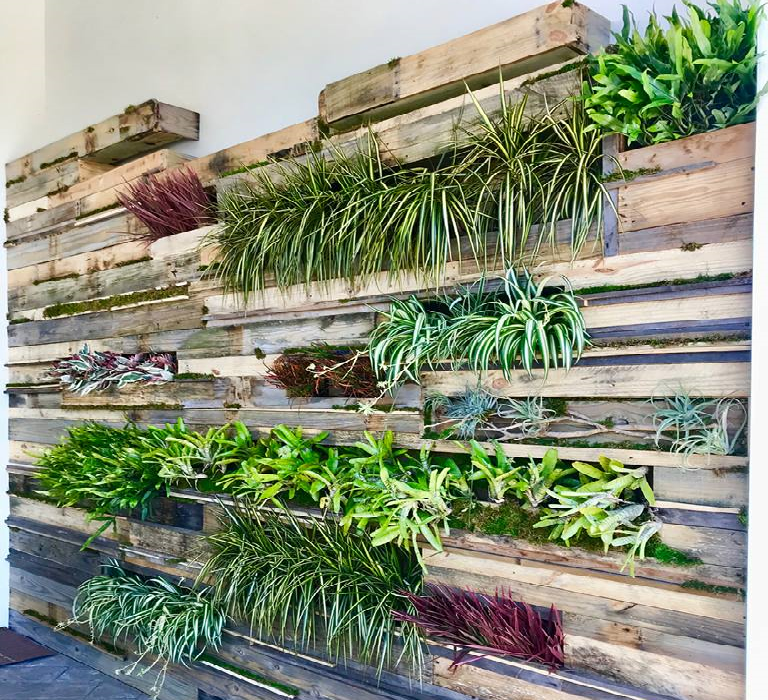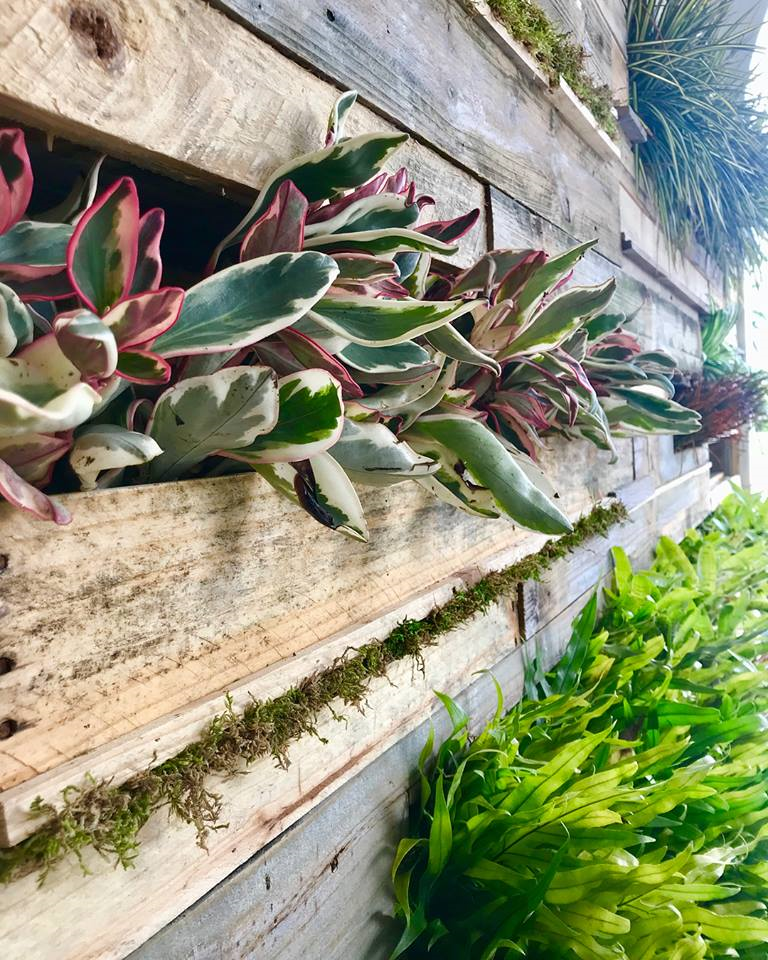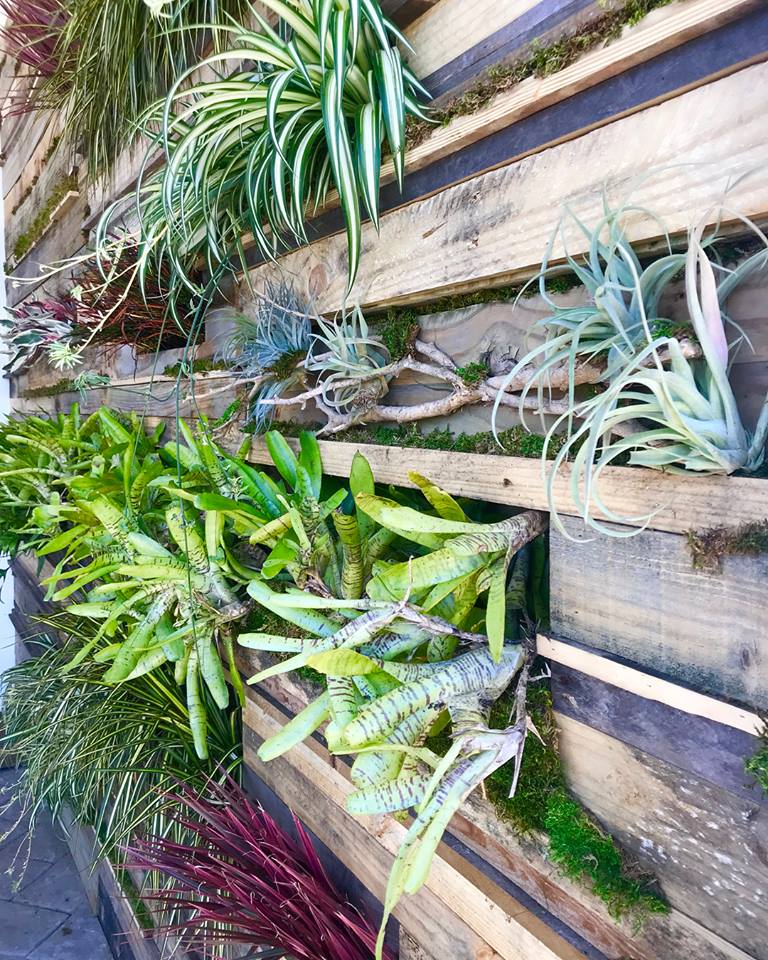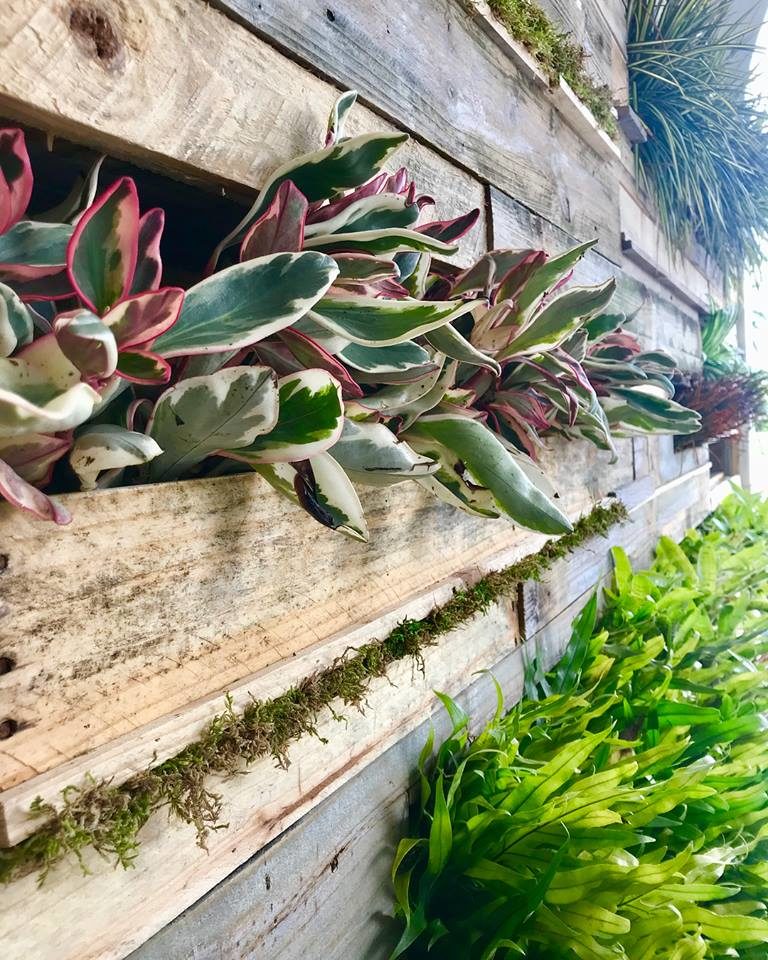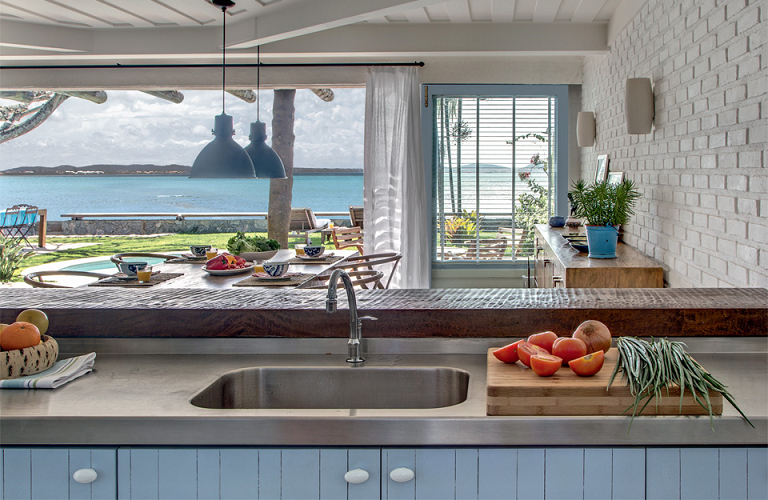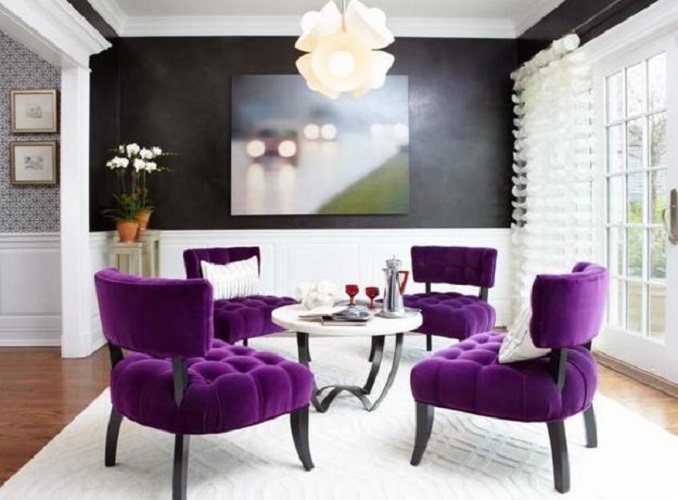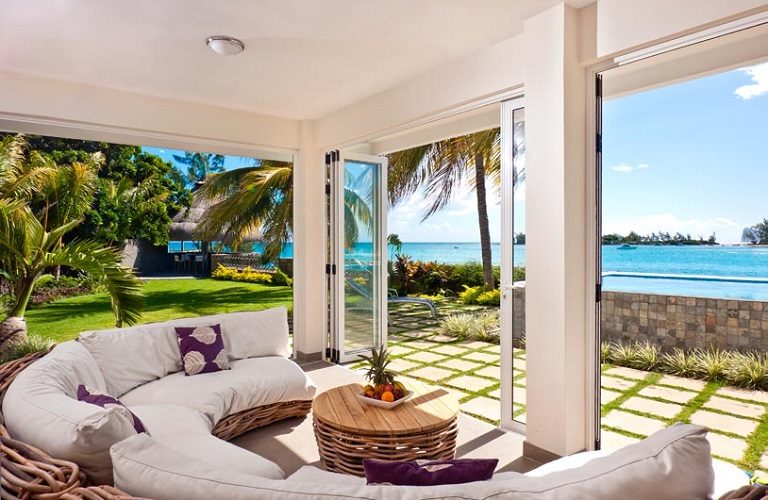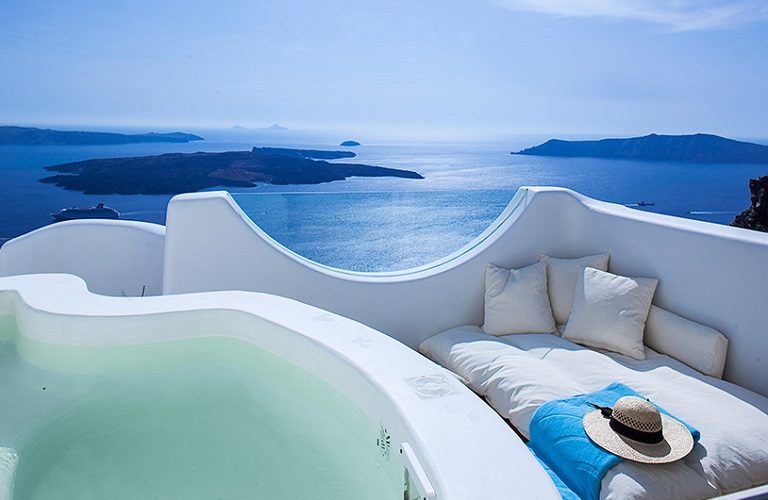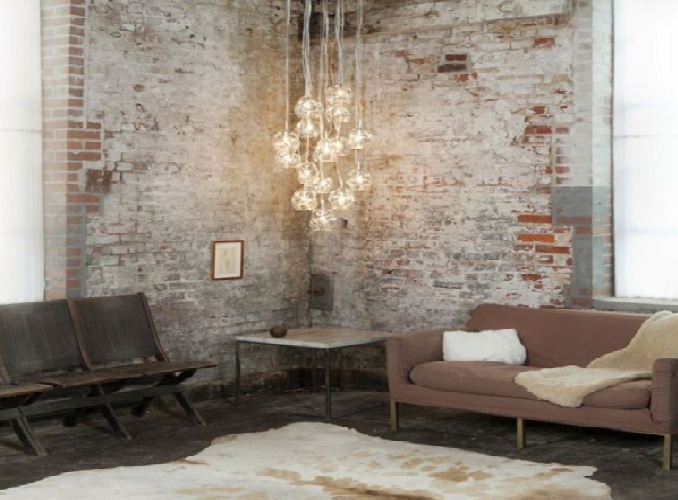Coronavirus is changing the way we are designing offices
Before the Coronavirus there were many studies showing that plants can add more to an office than a decorative touch. So now more than ever we need to change the way we design offices that we can create healthier spaces.
Indoor plants can improve your memory and concentration. The College of Agriculture and Life Science at Texas A&M University found that, “Work performed under the natural influence of ornamental plants is normally of higher quality and completed with a much higher accuracy rate than work done in environments devoid of nature.”
Research consistently finds adding plants to the workplace decreases stress and increases productivity.
A UK study found bringing plants into the workplace increased productivity by 15%. Meanwhile, a US study found 10% of employee sick days could be explained by a lack of nature and natural light in the office.
Just being able to see nature has proven impacts too. In an analysis of 10 UK studies, every paper found greenery had a positive effect on mood. It also found being around nature gave a big live to self-esteem, especially in young people.
To choose the right plant for your office, you should first assess how much light the space gets. You identify if the windows are west-facing (which will get plenty of sunlight) or if you should be looking for varieties that cope well in the shade.
Next, decide what you want your plant to bring to the workspace. Aesthetically, plants play three main roles: “They can fill a space, they can frame a space or they can follow a space.” This will help determine the size, shape and density of foliage you should go for.
If you need advice just contact us!



